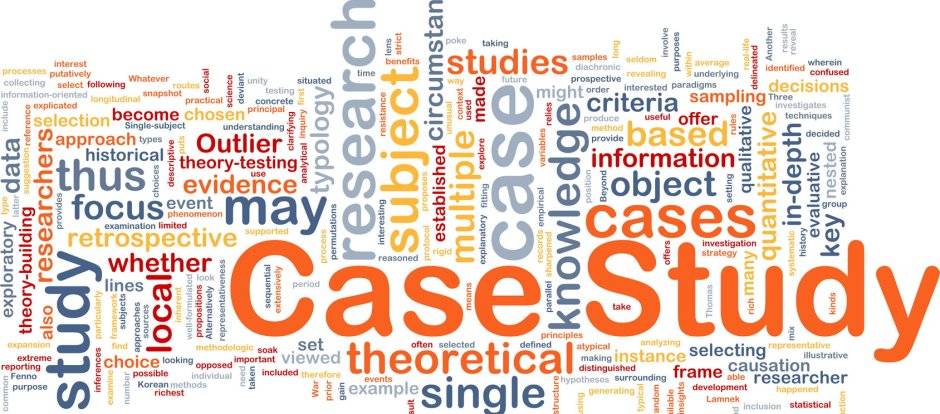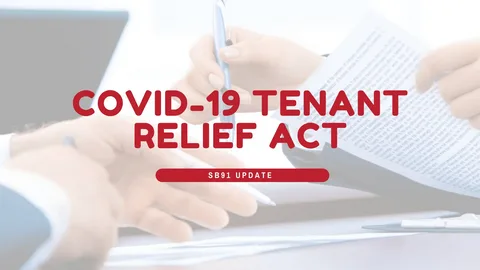Accountability isn’t an abstract concept—it’s a practice. And when applied consistently, it can transform how nonprofits earn trust, how funders allocate resources, and how communities see results. The Thri3 Index was designed as a practical tool to expose inefficiency, reward effectiveness, and shift incentives away from survival and toward measurable impact.
But what does that look like in real life? Here are three case-based illustrations of how the Thri3 Index reframes nonprofit performance.
Case Study 1: The Legacy Nonprofit
The Situation
A regional nonprofit with a 50-year history continues to receive large foundation grants despite showing little change in community outcomes. Their reports highlight thousands of people “served” each year—but external data shows poverty rates in their target community remain unchanged.
The Thri3 Index Lens
- Financial & Governance Score: Strong—ample reserves, stable board.
- Data Integrity Score: Weak—self-reported outputs, no independent evaluation.
- Outcome Impact Score: Low—minimal long-term evidence of improved conditions.
- Fundraising Sustainability Score: High—reputation keeps dollars flowing.
The Outcome
Under the Thri3 Index, this nonprofit scores well for stability but poorly for actual mission impact. Funders can clearly see that dollars sustain operations rather than drive results.
Case Study 2: The Innovative Startup
The Situation
A grassroots organization, founded just five years ago, develops a program addressing food insecurity with culturally relevant food distribution. They lack polished marketing, but local surveys and independent research show a measurable decrease in food insecurity in the neighborhoods they serve.
The Thri3 Index Lens
- Financial & Governance Score: Modest—small staff, lean budget.
- Data Integrity Score: Strong—transparent, third-party validated outcomes.
- Outcome Impact Score: High—clear evidence of reduced food insecurity.
- Fundraising Sustainability Score: Medium—revenue diversification in progress.
The Outcome
Despite a smaller financial footprint, this organization earns a strong Thri3 Index score because its data proves community impact. Funders now have a clear reason to invest in scaling the program.
Case Study 3: The Duplicative Program
The Situation
Two nonprofits in the same city run overlapping afterschool tutoring programs. Both attract grants by showcasing student participation numbers. Neither tracks long-term educational gains.
The Thri3 Index Lens
- Financial & Governance Score: Average for both.
- Data Integrity Score: Weak—reporting limited to attendance numbers.
- Outcome Impact Score: Unknown—no standardized academic data.
- Fundraising Sustainability Score: Moderate—both compete for the same funders.
The Outcome
The Thri3 Index reveals duplication without measurable results. Rather than funding both, donors can push for collaboration, consolidation, or reallocation to programs with proven academic outcomes.
Why Case Studies Matter
These illustrations show how the Thri3 Index isn’t just a rating—it’s a decision-making tool. By surfacing both strengths and weaknesses, it allows funders to reward innovation, highlight underperformance, and reduce duplication. For nonprofits, it provides a roadmap for where to invest: better evaluation systems, stronger governance, or more sustainable fundraising.
The Bigger Picture
In an era where philanthropic dollars are finite and social problems are urgent, sentimentality is no longer enough. Communities deserve proof. Funders deserve clarity. Nonprofits deserve standards that reward genuine impact.
The Thri3 Index delivers all three—through transparency, comparability, and consequence.
Conclusion
When applied to real-world cases, the Thri3 Index exposes what stories alone cannot: the truth about nonprofit performance. These case studies are only a starting point. Imagine if every grant, every board decision, and every donor choice had access to this kind of clarity.
It would mean the end of survival-for-survival’s sake. And the beginning of a sector that succeeds only when communities do.



